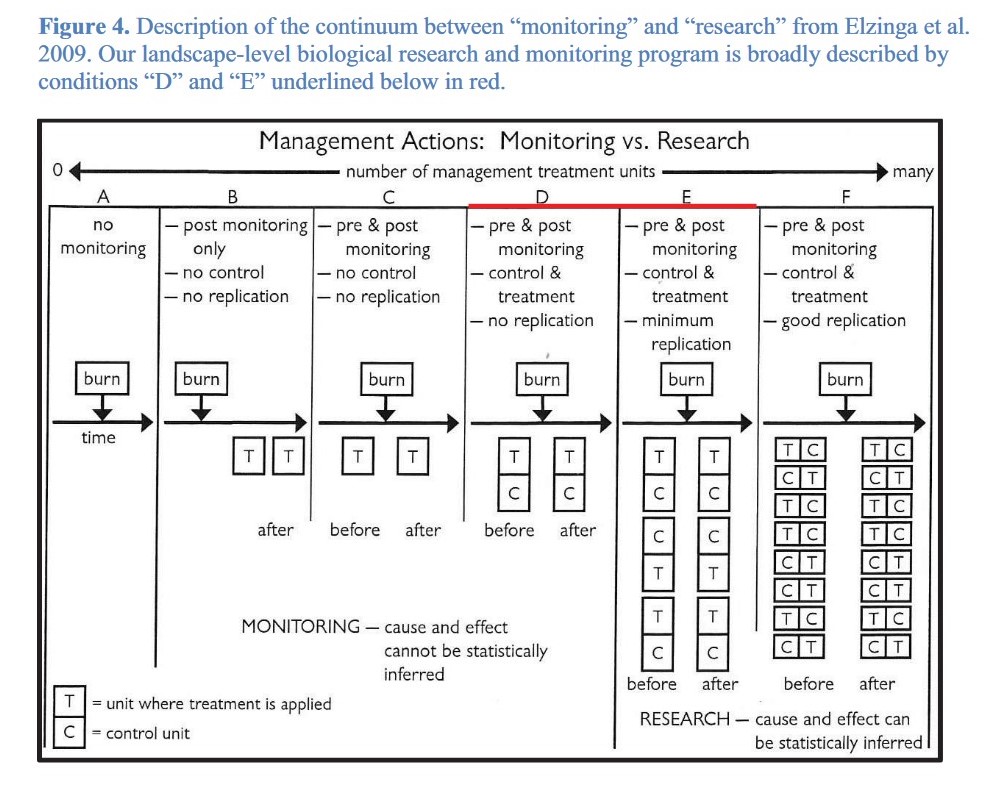“Landscape-Level Long-Term Biological Research and Monitoring Plan for the Crane Trust” #monitoring @CraneTrustNVC @savingcranes
 Monday, December 19, 2022 at 11:00AM
Monday, December 19, 2022 at 11:00AM “Landscape-Level Long-Term Biological Research and Monitoring Plan for the Crane Trust”
This monitoring plan was published Nov. 4, 2022. The plan can be accessed for free via the DigitalCommons@University of Nebraska - Lincoln (https://digitalcommons.unl.edu/zeabook/130/).
Description
Our obligation is to make sure we are effectively utilizing science to meet the objectives of the Platte River Whooping Crane Maintenance Trust (1981) laid out in its charter “to rehabilitate and preserve a portion of the habitat for Whooping Cranes and other migratory birds in the Big Bend reach of the Platte River between Overton and Chapman (i.e., Central Platte River Valley), Nebraska”. The original declaration is aimed at maintaining “the physical, hydrological, and biological integrity of the Big Bend area as a life-support system for the Whooping Crane and other migratory species that utilize it.” It was clear from the institution’s founding that to accomplish this goal it was necessary to study the effectiveness of land conservation and management actions in providing habitat for Whooping Cranes and other migratory bird species. Quality habitat necessarily comprises all the components that Whooping Cranes and other migratory bird life require to complete their migrations –food and shelter– including nutrient rich diet items such as invertebrates, vascular plants, herpetofauna, fish, and small mammals as well as suitable roosting and foraging locations including wide braided rivers and undisturbed wet meadows (Allen 1952; Steenhof et al. 1988; Geluso 2013; Caven et al. 2019, 2021). Article “A” of the Crane Trust’s (1981) declaration is “to establish a written habitat monitoring plan which can be used to describe change in…[habitat] within the Big Bend of the Platte River…utilized by Sandhill Cranes and Whooping Cranes….” Following initial inventories including avian (Hay and Lingle 1982), vegetation (Kolstad 1981; Nagel 1981), small mammals (Springer 1981), herpetofauna (Jones et al. 1981), insects (Ratcliffe 1981), and fish (Cochar and Jenson 1981), a variety of excellent research has continued at the Crane Trust (https://cranetrust.org/conservation-research/publications/). However, despite the clarity of the Trust’s original declaration, long-term habitat monitoring has not progressed unabated throughout the history of the Crane Trust.
Citation
Caven, Andrew J., Joshua D. Wiese, Bethany L. Ostrom, Kelsey C. King, Jenna M. Malzahn, David M. Baasch, and Brice Krohn. "Landscape-Level Long-Term Biological Research and Monitoring Plan for the Crane Trust." (2022).
Editors Note
This monitoring guide was developed to support a conservation organization's objectives. The Platte River Whooping Crane Maintenance Trust protects land in the Big Bend region of the Platte River in Nebraska, including remnant tallgrass prairie. The monitoring guide is extensive and includes chapters relevant to vegetation monitoring as well as other taxa. "The various monitoring/research plans, including the plot layout, vegetation, avian community, small mammal, water level, slough fish, butterfly species of concern, anuran, aerial Sandhill Crane survey, Greater Prairie-chicken lek survey, Whooping Crane behavior, and Western Prairie Fringed Orchid monitoring plans are included below as chapters."
The authors provide a helpful graphic to summarize where the framework falls on a monitoring-research continuum:

"

